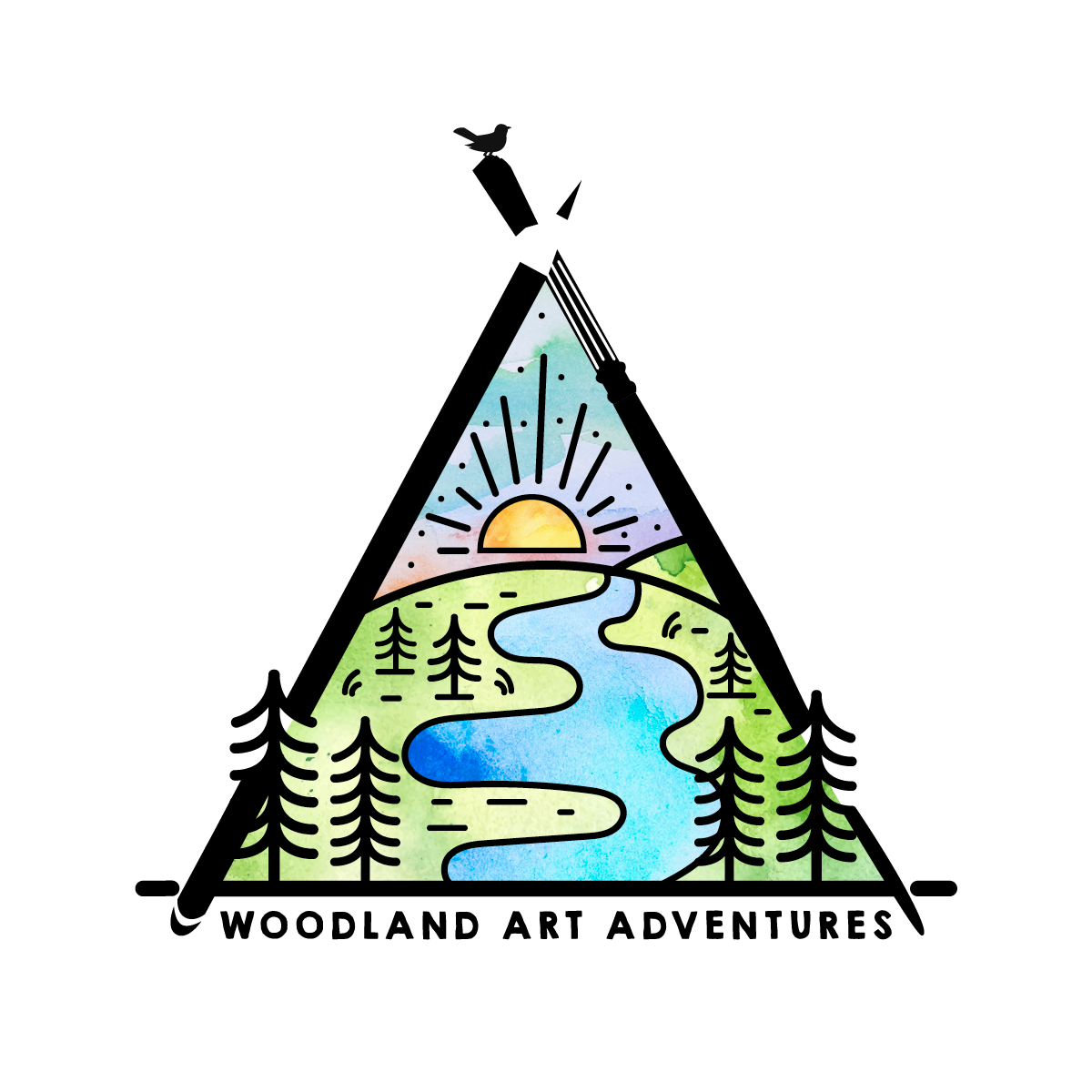Nesting Season
Spring is here, even if we have one more unexpected May snowfall looming. This nest craft can be adapted to any favourite songbird, and provides an opportunity to break out the field guides and look at what the juvenile and adult bird look like and what type of nest the bird builds and what it’s eggs look like. I originally saw this activity on Pinterest.
We started with an ordinary paper plate and painted half blue for the sky and half brown for our nest. While the paint dried we went looking for dried grasses just like the nest builders do. We scavenged some handfuls of dried leaves and grass and glued them to each other and the painted paper plate. Birds are masters of using what is available to build with while we humans are dogged in conforming. Birds will use grasses, twigs, leaves, and any soft detritus they can find. It used to be a thing to purposely put out dryer lint for birds to incorporate into their nests but this is not recommended, when the lint gets wet it provides no protection for the nestlings and any chemical residue left on the dryer lint can also be dangerous for newly hatched chicks.
A few years ago a robin nested in a tree in our front yard and later in the season we noticed that it had woven a foil potato chip bag into its surprisingly strong nest. It surprised me then how nature finds a way to work with us, while so many humans staunchly reject having nature encroach on our small kingdoms.
While the paint and glue dried we traced a simple bird outline onto watercolour paper and started painting a mama bird and eggs. You could follow a field guide or use your imagination to paint your bird and eggs. One Adventurer decided to invent a new bird species called: Aurora A-Borea bird based on the aurora borealis who lays black eggs. One of the Aurora A-Borea chicks hatched during the creative process.
Once our watercolour birds dried we attached them to our paper plates and nestled the eggs in safely. There are lots of ways to adapt this to what your children are interested in. Would they prefer a duck nest hidden by long grasses, or a tiny hummingbird nest, or maybe even an owlet peeking out from a tree?
You can freehand the birds or download the free bird template here. Liska from Adventure in a Box has a wonderful egg matching game available for free on her website. We also love Birds of a Feather by Bernadette Gervais and Francesco Pittau. It is an oversized book with trivia about birds and lift the flaps, gorgeously illustrated, I found it engaging and learned along with the Adventurers.
Each year the Saskatoon Young Naturalists, led by Greg Fenty, monitor our portion of the bluebird trail. The Prairie Bluebird trail reaches from Winnipeg to near Edmonton, and our portion is called the Mary Houston Bluebird Trail, it runs which approximately 80 km from Langham to Hanley. In 1969, Mary Houston who led the Young Naturalists (previously called the Junior Naturalists) initiated Saskatoon’s Bluebird Trail. Mary wanted to learn all about bluebirds, not just how many eggs were laid and chicks survived, she also wanted to know about migration, life span, and whether bluebirds always nest in the same spot.
Greg and his young helpers participate in a bird monitoring program to see how many birds hatch and how long they survive. Both tree swallows and bluebirds use the nest boxes you may notice along rural roads, including on the way to Pike Lake. Both tree swallows and bluebirds are cavity nesters and use the nest boxes. Scientists use the data collected in a biodiversity study of bluebirds. Bluebird populations plummeted until the 1950s when conservation and monitoring efforts increased, as insect-eating birds they are impacted by pesticide use.
You can see more information on the Saskatoon Young Naturalists on their webpage. There are opportunities in May and June 2021 for Young Naturalists to accompany Greg on bluebird nest box inspections and bird banding.













